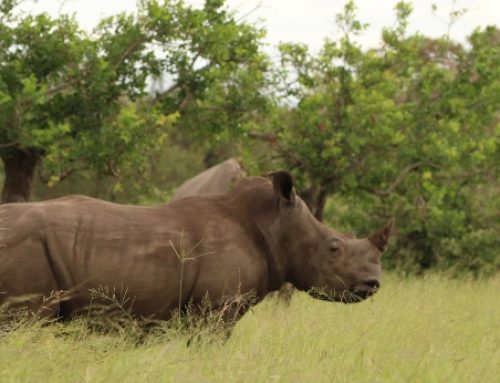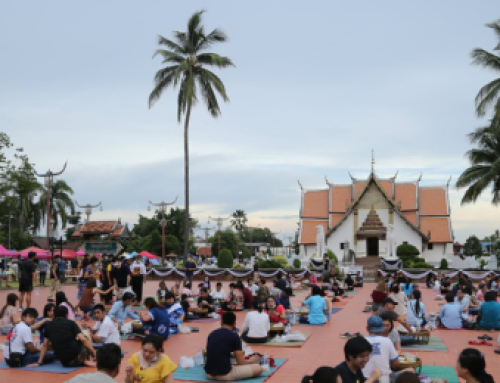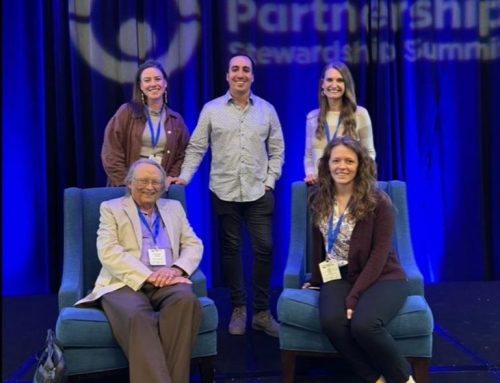Destination Stewardship Report – Winter 2021 (Volume 1, Issue 3)
This post is from the Destination Stewardship Report (Winter 2021, Volume 1, Issue 3), an e-quarterly publication that provides practical information and insights useful to anyone whose work or interests involve improving destination stewardship in a post-pandemic world.
Mexican activist Beatriz Barreal has worked for years to steer the booming Riviera Maya toward sustainability. Purdue’s Dr. Jonathon Day recently interviewed this local one-woman force for improving stewardship to find out what lessons she has learned in the process.
The Maya Riviera’s Queen of Green
By Dr. Jonathon Day
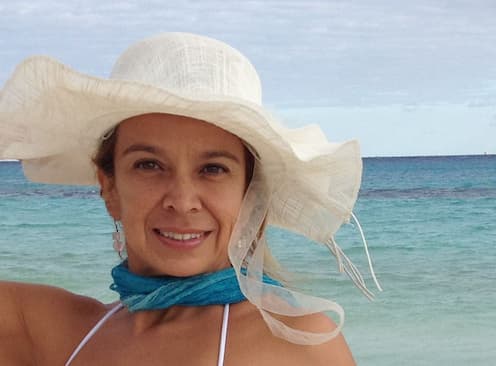
All photos courtesy of Beatriz Barreal Danel.
Meet Beatriz Barreal
For more than a decade, Beatriz Barreal Danel has worked to make sure that the Riviera Maya, the Caribbean coastal region of Mexico’s Yucatan peninsula, embraces sustainable tourism practices as it continues to grow. Destination sustainability is a long-term commitment, and Beatriz and her collaborators have had to overcome many challenges.
The Riviera Maya is one of Mexico’s most popular and fastest growing destinations, with numerous all-inclusive resorts and luxury hotels. It stretches along 120 km of coastline on the Caribbean Sea south of Cancun and includes the towns of Tulum, Solidaridad, Playa del Carmen, Akumal, and Puerto Aventuras. As the destination continues to grow, Beatriz has been a vocal advocate for sustainable tourism and good destination stewardship.
Beatriz is the Founder and CEO of Sustainable Riviera Maya, an NGO. She is currently serving her third term on the board of the Global Sustainable Tourism Council. Since 2009 Beatriz has dedicated her time to making sustainable tourism the primary driver for development in Mexico, at both national and regional levels. An early adopter of the GSTC destination criteria, Sustainable Riviera Maya is now working toward certifying the municipality of Playa del Carmen as a sustainable destination through GSTC-accredited certification bodies.
Through the years, Beatriz has gained valuable insights into effective ways to implement sustainable tourism. She recently shared these three key lessons from her sustainability journey with the Destination Stewardship Report.
1. Measuring the right things
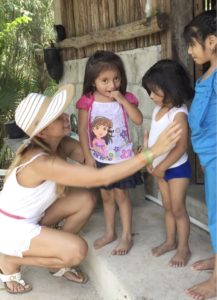
Beatriz works on a family needs assessment in a village near Tulum.
Focusing on sustainability indicators that are meaningful for the local community has been an important step in implementing sustainable tourism in the destination.
While the team at Playa del Carmen recognized that sustainable tourism certification requires measuring a wide range of indicators, the importance of giving particular attention to their specific circumstances became an important lesson. Beatriz says, “In our community, focusing on healthy water management, waste management, bio-conservation, and the quality of life of the residents are the key indicators of success for our sustainability programs.” Those four priorities gave rise to the second lesson:
2. Getting the right people to the table
Early in the process of adopting sustainable tourism in the Riviera Maya, Beatriz gathered a group of interested tourism industry partners, including hoteliers and tour attraction managers. Over time it became clear that, while these people were important stakeholders, destination sustainability also requires input from people beyond tourism.
Working carefully through those four priority criteria and identifying partners that can give meaningful information on indicators for them has been a gamechanger for the destination. Today, in addition to hospitality partners, Sustainable Riviera Maya works with a range of specialists from outside the tourism industry. To ensure effective water management, for example, the local government water department and the water management company, Aguacan, are both at the table and contributing to the plan. Perhaps more important, a benefit of working closely with these new partners is that they have greater understanding of the nuances of how to measure those key indicators.
3. Engaging the Community
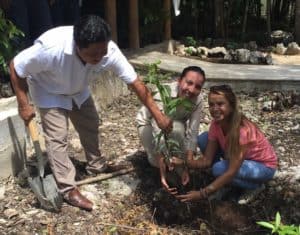
Helping with a tree planting project in the Maya village of Muyil, supported by the Banyan Tree Mayakoba hotel.
Perhaps the greatest insight from Playa Del Carmen is the importance of engaging the community, of including other organizations with shared values in the sustainability process. A new website, originally designed to provide information to stakeholders, has now taken on the important role of engaging partners in sustainability projects. It’s currently in beta testing with organizations in the destination. By creating a platform where projects can be shared with the community, new partners have aligned their activities with the sustainable destination goals.
In one example, the Mexican Association of Aboriculture, committed to planting trees in the city and creating a living museum. In another project, a caving group, Circulo Espeleologico del Mayab has joined with local authorities to preserve cenotes, the region’s signature limestone pools. The project helps create unique experiences for visitors and improve water quality for the community. In yet another project, an NGO called Guardians of the Caribbean, have committed to an education and awareness campaign highlighting ways to protect water resources for the people of the region.
Sustainability is a team effort requiring many stakeholders who are involved and engaged, including the local people. Beatriz describes the team “like a diamond and its facets, that will only be completed when all the facets come together and shine at the same time.” Beyond just engagement, Sustainable Riviera Maya is committed to ensuring that the benefits of tourism are broadly distributed across the community. Their tagline sums it up: “Paradise is forever, only if it is for everyone.”
Committed to the Long Term

Website: www.rivieramayasostenible.org
Follow Riviera Maya Sostenible on Facebook: www.facebook.com/rivieramayasostenible
About the Author
Dr Jonathon Day leads the Sustainable Tourism and Responsible Travel Lab at Purdue University: www.sustainabletourismandresponsibletravel.com


